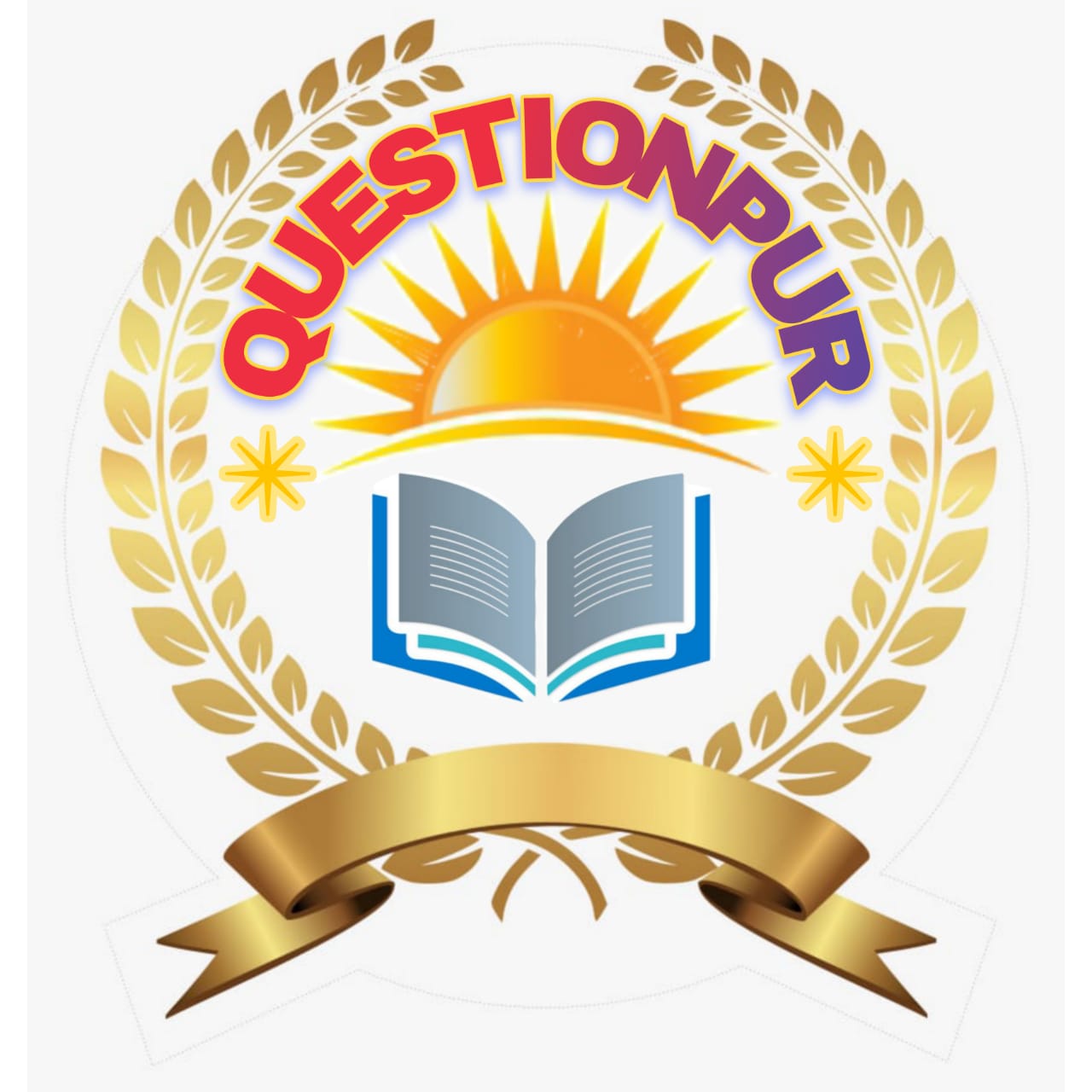What is Symbolism
Symbolism as a literary movement has come in the wake of parnassians. The pernassians were a group of French poets of the mid-century of the Victorian period who veered round Le Conte do Lisle. They used traditional verse forms and wrote on historical, scientific, natural and philosophical themes. They had unstinted regard for traditional morals and worshipped Art as Gospel truth.
Main Features of symbolism
The symbolists have state store by subtly and greater preoccupation with inner life. They have said Alex preminger avoided sentimentally rhetoric narration, direct statement, description, public and political themes, and overt diacticism of any kind. Symbolists is a blending of sensibility and imagination.
Thus it is new variation on romanticism symbolists poetry is a poetry of indirection, in which objects tend to be suggested rather than named or to be used primarily for an evocation of mood. Ideas may be important but are characteristically presented obliquely through a variety of symbols and must be apprehended largely by intention and feeling.
The symbolists poets awakening readers a response a reaction beyond the level of ordinary consciousness. A word for a symbolist is not a mere word: it evokes and suggests a feeling.
The Concept of Symbolism
Before illustrating Symbolism from the European and English verse we propose to offer a few accepted definitions of the term. Symbolism is according to Hornstein parcy and Brown a conscious and deliberate technique of the use of symbols, brought to the status of a literary school by a group of poets including Mallarme Verlaine and Rimband the underlying philosophy of the symbolists was a conviction that the transient objective world is not true reality but a reflection of the invisible absolute.
Moreover, correspondence exists between impulses derived through different senses. Therefore, the symbolists rebelled against the techniques of realism and naturalism designed to capture the transient. They believed. that the inner reality could only be suggested.
" to name is to destroy, to suggest is to create . " ( Mollame ) Intensity and complexity were to be achieved by condensed syntax and minor images clustered around one main metaphor until one sense impression was translated into another and both became symbols of the original impression.
The symbolists avoid scrupulously political, sociological and ethical themes. They have cared for sensations of beauty and jettisoned social and moral responsibility. Any theme they maintain is acceptable as long as it captures the poet's subtle intuitions and contributes to a total design. They are neither moral nor immoral but moral and upholders of the doctrine of art for art's sake.
Some of the poets in their zeal for avoiding middle-class morality restored to drugs, sadism and alcohol and lived a life of perversion and despair. Some close to all themselves Decadents. M.H. Abtam has further simplified the concept of Symbolism and spoken about two types of symbols e.g. conventional or public and private or personal symbols.
A peacock for example is the conventional symbol of pride, a lamp of meekness and an eagle of heroic struggle. Rose as a conventional symbol means love e.g.
O my love's like a red red rose William Blake in The Sick Rose, however, uses the rose as a private symbol :
O Rose thou art sick,
The invisible worn
That flies in the night
In the howling storm.
Has found out thy bed Of crimson joy ;
And his dark secret love
Does thy life destroy?
Related Information:
- Plot construction of 'She Stoops to Conquer'
- English Comedy before Goldsmith
- Sentimental Comedy: Reaction of Goldsmith against it
- Character and role of Miss Neville
- Discuss She Stoops to Conquer as a Sentimental Comedy
- Discuss Goldsmith's View of Sentimental Comedy
- Give an estimate of Goldsmith as a dramatist
- Contribution of Goldsmith as a Dramatist
- Oliver Goldsmith: Social and Political setting
- Life and works of Oliver Goldsmith





